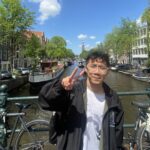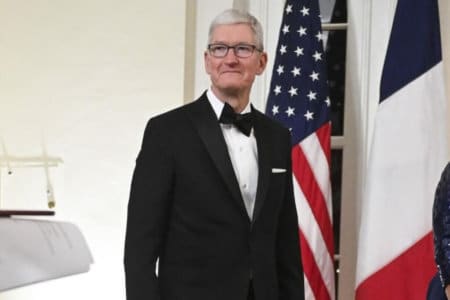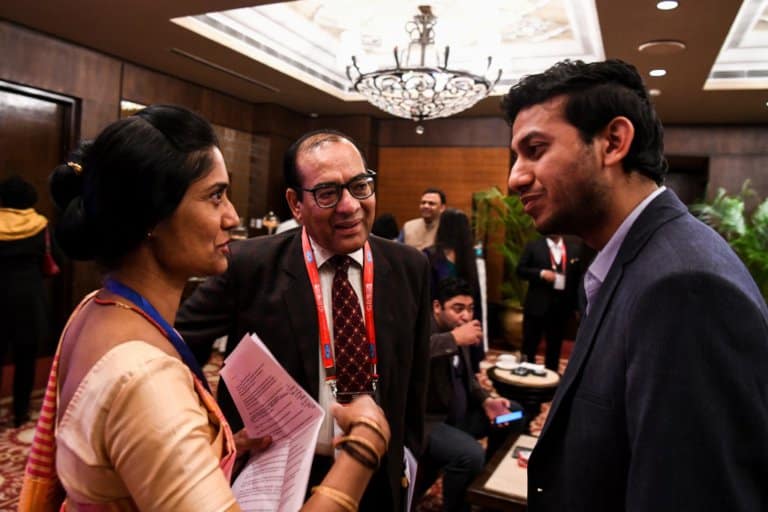
Achieving your first billion a few years after graduating is possible. The first step to learning how to become a billionaire, however, is understanding that it’s going to take a lot.
It is the epitome of being at the right place and time, such as:
- learning the scale on which billionaires operate
- having the patience to overcome many failures
- practising good financial habits
- being passionate to test out new ideas
To learn how to become a billionaire, look at one iconic example: Elon Musk.
Born in Pretoria, Musk was a prodigious child — he read the entire Encyclopaedia Britannica by age eight and finished a six-month BASIC course in three days.
By 1998, he left for Canada to study at Queen’s University in Kingston, Canada, before transferring to the University of Pennsylvania to complete his bachelor’s degree.
Today, Musk is worth US$245.9 billion.
His entrepreneurial achievement goes as far as co-founding six companies, including electric car maker Tesla, rocket producer SpaceX and tunnelling startup Boring Company.
Of course, with such great wealth comes great responsibilities — and not all have managed to weather this storm.
Many students and fresh graduates have gotten lost — and even imprisoned — in their meteoric journey on how to become a billionaire.
How to become a billionaire: The crimes and pitfalls to avoid
Some billionaires on our list lost their wealth due to bad investments, difficult economic times, and even fraud.
Here are some examples of the mighty rich who lost a huge sum:
Jocelyn Wildenstein
She was the former wife of art dealer Alec Wildenstein and was said to spend US$1 million monthly on lavish purchases.
After filing for bankruptcy, she claims to have survived on US$900 from social security payments.
Bernard Madoff
Madoff conducted the largest Ponzi scheme fraud, where his investors lost about US$65 billion.
He was charged with fraud and received a maximum sentence of 150 years in federal prison.
Elizabeth Holmes
At 30, Forbes named Holmes the world’s youngest self-made woman billionaire — worth US$4.5 billion — in 2014.
Recently, Holmes started an 11-year prison sentence after a jury found her guilty of four counts of fraud and conspiracy against Theranos investors who believed in her promises to revolutionise the healthcare industry.
The company’s blood-testing system — the Edison — claimed that with a few drops of blood, the device could effectively detect medical conditions like cancer, diabetes, and high cholesterol.
If you want to know how to become a billionaire, the above examples are cautionary tales you should not copy at all costs.
For every fraudster or criminal, there are other outstanding young people who have used their creativity, smarts and a lot of good luck to make their first billion.
Here are five billionaires that founded companies while they were under 21 years old.

Founder of Oyo Rooms Ritesh Agarwal (second from right) is a great example to check out if you’re learning how to become a billionaire. Source: AFP
How to become a billionaire: 5 inspiring examples from students who did it
1. Ritesh Agarwal
Before he built the world’s biggest hotel chain, Ritesh Agarwal was born in a town called Bissam Cuttack in Odisha, India, in 1993.
His father ran a small business in Southern Orissa, while his mum was a housewife and looked after Agarwal and his three brothers.
At the time, their father bought a second-hand computer, which ignited Agarwal’s interest in coding.
He also had a strong business streak, thanks to his father.
In this, he aspired to pursue something different from the rest of his peers despite living in a smaller town.
“I got more opportunities when I grew up in that place because as a young kid, more often than not, people would compare you on the basis of age rather than skills,” he told MENSXP.
Hence, he started reselling SIM cards and fast-moving consumer goods.
While studying at the Indian School of Business and Finance, he realised he wanted to create a new startup.
When he was 20, he used his passion and knowledge of tech to form Oravel Travels to tackle issues he noticed within the hospitality industry.
It was modelled after AirBnB and sought to connect pocket-friendly bed and breakfast joints, private rooms and services apartments to people.
In 2013, the brand relaunched as On Your Own (OYO) Rooms.
By 2020, Agarwal’s net worth rose to US$1.1 billion, making him the second-youngest self-made billionaire in the world.
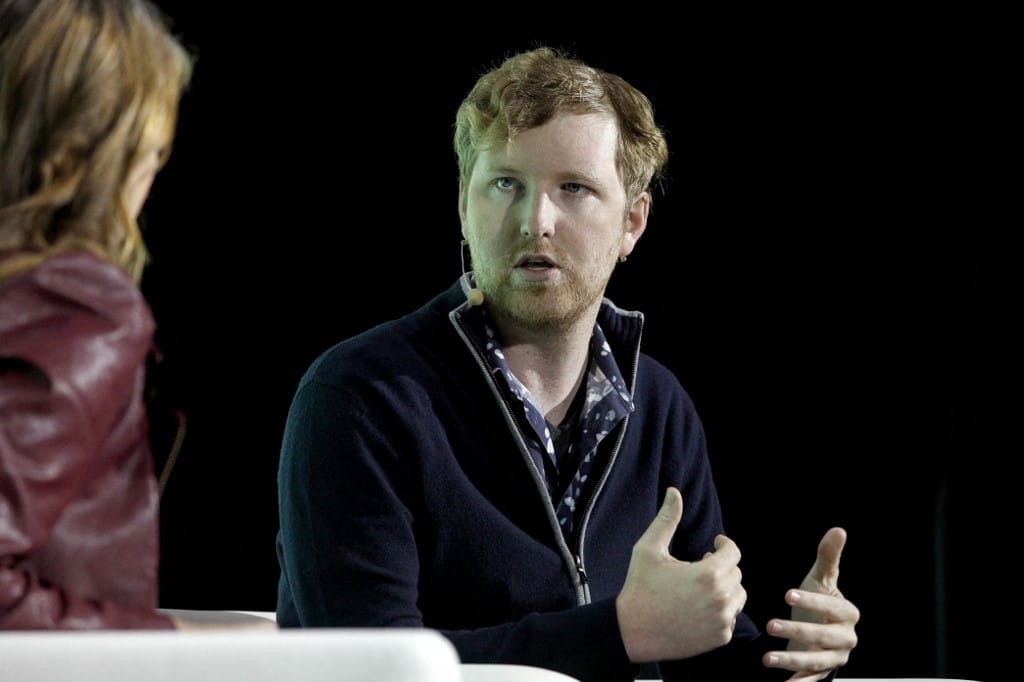
Austin Russell, founder and CEO of Luminar, knew exactly how to become a billionaire. He devised a software that valued him at US$1.6 billion. Source: AFP
2. Austin Russell
Austin Russell learned how to become a billionaire before he hit the legal age to vote.
His secret to success? Having a strategic vision and a level of innovation to start off on a blank slate.
“That is the reason why Luminar Technologies exists today and why some of the other greater technology companies exist today,” Russell told Forbes.
Even as a young kid, Russell was well-ahead of his peers. By two, he memorised the periodic table. At 16, he had an idea to create a new laser system so cars could drive themselves.
“We’re going to beat out the Googles of this world, and all the major automakers, at their development efforts they’re going to put into this,” he pitched as a teen.
He received a US$100,000 grant from the Peter Thiel Fellowship — a programme funded by billionaire Peter Thiel to nurture entrepreneurs.
After dropping out from Stanford, he gave it all to create the software and hardware needed for Luminar Technologies before taking the company public in 2020.
When Luminar Technologies was listed on NASDAQ (short for National Association of Securities Dealers Automated Quotations, an American stock market that handles electronic securities trading around the world), Russell became the world’s youngest self-made billionaire at the age of 25.
Forbes estimates Russell to have a net worth of US$1.6 billion in 2022, thanks to the performance of his tech startup Luminar Technologies.
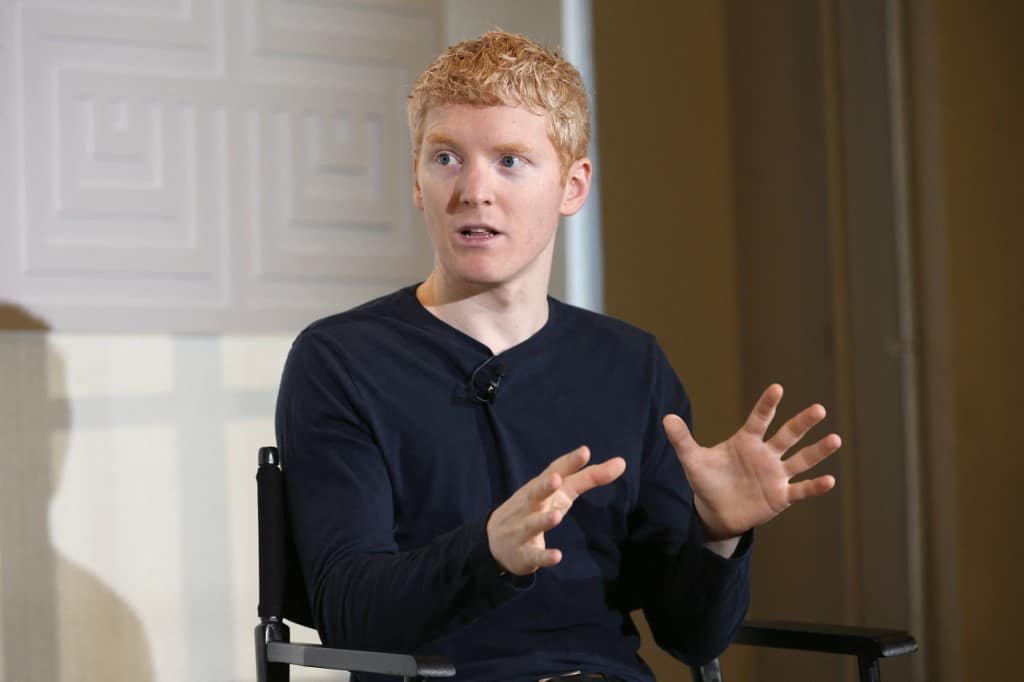
Patrick Collison took his first computer course when he was eight. Source: AFP
3. Patrick and John Collison
The two Irish brothers are proven success stories of how to become a billionaire.
Growing up, their parents ran a lakeside motel in the Irish countryside, where they attended school. Here, the siblings were fascinated by maths and physics.
That’s because they dabble with nine computers at home and their family paid for a satellite broadband link via Germany.
At 16, Patrick won the Esat BT Young Scientist of the Year – Ireland’s annual school students’ science competition. He had created a coding language called Croma.
In 2006, Patrick got into MIT based on an SAT exam he had taken when he was 13.
John was equally talented. He scored eight straight A1s in his Leaving Certificate. He spent his transition year in the US with Patrick.
Together, while in Boston, the boys came up with the idea for their first company, Automatic.
It would function as a platform for eBay to track inventory and traffic.
Later, they would sell the company for US$5 million to Canada’s Live Current Media, making them millionaires.
Patrick worked as a Director of Product Engineering for a year (he had dropped out of MIT) while his younger brother John studied at Harvard.
As they continued coding and building software, they formed Stripe in 2010.
Stripe continued to rule the Cloud 100 list with financial numbers worthy of the top slot: US$640 billion in processed payments, net revenue of nearly US$2.5 billion, and hundreds of millions in profits for 2021, according to a May Forbes cover story.
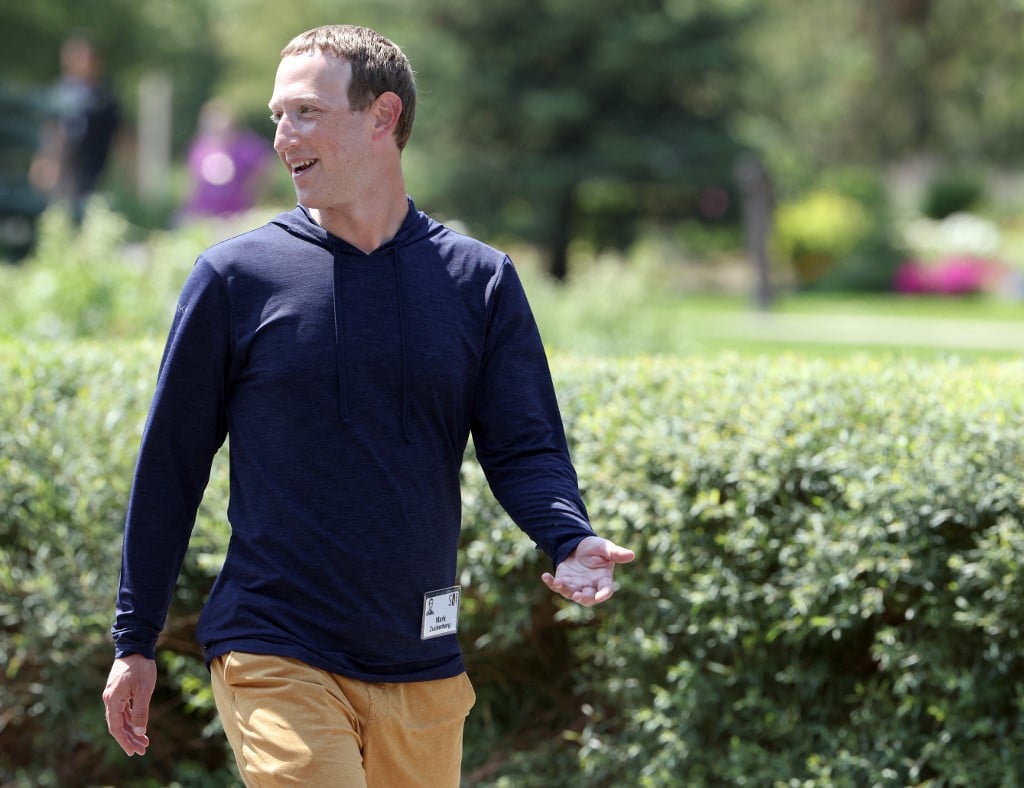
Mark Zuckerberg and his university mates were the brains behind Facebook. Source: Kevin Dietsch/Getty Images/AFP
4. Mark Zuckerberg
It’s hard to talk about how to become a billionaire without naming Mark Zuckerberg.
Meta has developed several social media platforms, such as Facebook, Instagram, and Threads, that connect billions of users across the globe.
Zuckerberg was born in New York in 1984 into a comfortable and educated family. He had three other siblings, and they reportedly enjoyed being regular kids.
But Zuckerberg developed an interest in computers when he was young — he utilised Atari BASIC to create a messaging programme he named “Zucknet.”
Zuckerberg’s father used this programme at his dental practice, while their family also used it to communicate at home.
Realising his talent, his parents hired David Newman — a tutor — to help Zuckerberg refine his coding and programming skills.
Newman would come once a week to their home to conduct lessons and recognise Zuckerbeg’s potential.
“It was hard to stay ahead of the prodigy, who began taking graduate courses at nearby Mercy College around this same time,” he once told reporters.
While attending an exclusive preparatory school, he designed a music software called “Synapse.”
It was while he was at Harvard, however, that the ideas that made him a billionaire came to life.
By this time, he had built plenty of software already, including:
- CourseMatch: it helped students choose their classes based on the course selections of other users
- Facemash: it compared the pictures of two students on campus and allowed users to vote on which one was more attractive.
His talent and ideas — that were so future-forward — drew Dustin Moskovitz, Chris Hughes, and Eduardo Saverin to create what we know as Facebook.
The site ran out of their dorm room and allowed people to connect with others through profiles created.
In 2012, Facebook had its initial public offering, which raised US$16 billion, making it the most prominent initial public offering in history.
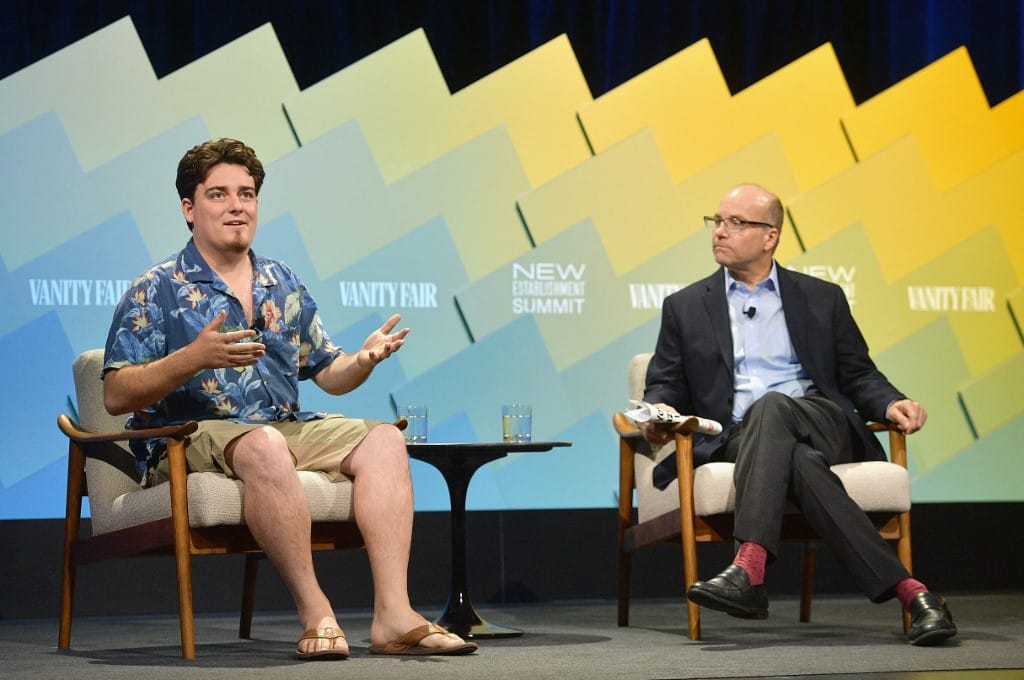
Founder of Anduril and Oculus VR, Palmer Luckey knew how to become a billionaire — build a special VR headset. Source: AFP
5. Palmer Luckey
Palmer Luckey is an American entrepreneur best known for co-founding Oculus Rift. He was 16 and in high school when he did this.
Facebook later acquired the company for US$2 billion.
As a child, Luckey loved fixing cars, video games and science fiction. Soon, he started projects from his garage before eventually meddling with gaming consoles.
This led to him taking apart and rebuilding VR headsets.
Unlike Zuckerberg, he didn’t go to a prestigious Ivy League He was home-schooled before going to Golden West College and Long Beach City College.
Later, Luckey would pursue journalism at California State University, Long Beach.
After two years, he took a break to launch Oculus in 2012. Luckey combined off-the-shelf components with his custom modifications to create a functional prototype.
Even after Facebook acquired the company in 2014, Luckey remained a prominent figure in its development and expansion.
He played a significant role in advocating for its potential applications in gaming, entertainment, education, and various other fields.




